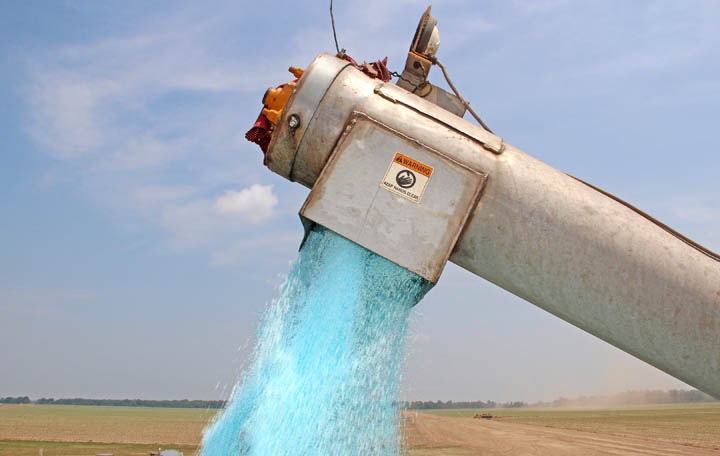May 6, 2013

As the intensive investigation continues at the fertilizer plant in Texas that exploded and claimed the lives of 14 people and injured more than 200 – many Californians are wondering if a similar occurrence could happen here.
As WPHA’s communications director (which includes the California Fertilizer Foundation), I was put in the position of answering such questions following the April 17 explosion. Many of the calls were from reporters who asked if fertilizer plants in California are adequately regulated and are operating safely.
While I scrambled to obtain more information as to the details of the Texas tragedy, it went through my mind how fortunate we were that the blast didn’t occur here in California. While I usually spend time with the media explaining the benefits of fertilizers in the nutritional health of farm crops and good yields, I was faced with viewing our industry from the angle that chemicals such as ammonium nitrate used in fertilizer production can be dangerous.
My thoughts took me back to the deadly 1995 Oklahoma City bombing that killed 168 people and injured over 800. In that incident, Timothy McVeigh used about 2.4 tons of ammonium nitrate that heavily damaged a federal building
Getting back to regional concerns, regulatory agencies in California provide stringent enforcement and regular oversight regarding fertilizer storage in our state. As far as the oversight of actual fertilizer products, these fall under the jurisdiction of the California Department of Food and Agriculture. CDFA’s goal is to ensure that consumers receive fertilizing materials that are safe and effective, and meet the quality and quantity stated by the manufacturer. In addition, after Oklahoma City, California’s fertilizer industry was the first in the country to pro-actively pass legislation to help assure that fertilizers that criminals might want to attempt to use for illegal purposes couldn’t be purchased without law enforcement knowledge.
In California, any fertilizer distributor who sells ammonia nitrate must register that fact with CDFA when they apply for their sales license. This information can then be shared confidentially between CDFA and law enforcement authorities; so law enforcement knows who and where the product is being sold and can ascertain if needed, who has purchased it. This is all done through the behind-the-scenes efforts of CDFA, law enforcement, and fertilizer distributors and retailers, with no additional reporting or registration by growers.
Vital oversight
Regarding the oversight of buildings, storage site regulations and safety reporting requirements, fertilizer is regulated at both the federal and state levels. Federal agencies of jurisdiction include the Department of Homeland Security, the Environmental Protection Agency, the Occupational Health and Safety Administration and the Department of Transportation. At the state level, fertilizers are regulated by agriculture offices.
To add another layer of safety, West Sacramento Fire Chief Al Terrell explained to a local TV station that there are regulations and plans that California companies and cities have in place to prevent accidents.
Terrell said to prevent a massive blast in the first place, local authorities, not state authorities, are required to check the facilities in person.
“We conduct annual inspections that are planned when we go in and inspect the entire facility and we conduct unannounced ones,” the fire chief told the TV reporter.
So the long and short of it is, local authorities work with state departments to regulate California fertilizer manufacturers and distributors. They all actually regulate these businesses together under what’s called the Certified Unified Protection Agency or CUPA, which delegates to locals the authority to enforce state law.
In the nutshell, nitrogen is one of the nutrient elements plants need to grow, so we can eat. Every apple or ear of corn plucked represents nutrients pulled from the soil, and for land to remain productive, those nutrients must be replenished. The amount of regulatory oversight is vital in carrying out this process safely. While it is in the realm of possibility, it’s encouraging to know that in California the odds are in our favor that we will never have to experience an accident on the scale of the one in Texas.
More from Western Farm Press
Farmers playing chess with nature in resistant weed fight
Killing cattle softly: slaughterhouse or gun?
Lettuce industry abuzz over automated thinner
Dirty Dozen pesticide list losing ground to science
PETA drones a trophy prize for US hunters
5 things moms get wrong at the grocery store
Water issues drive precision agriculture solutions in specialty crops
You May Also Like




